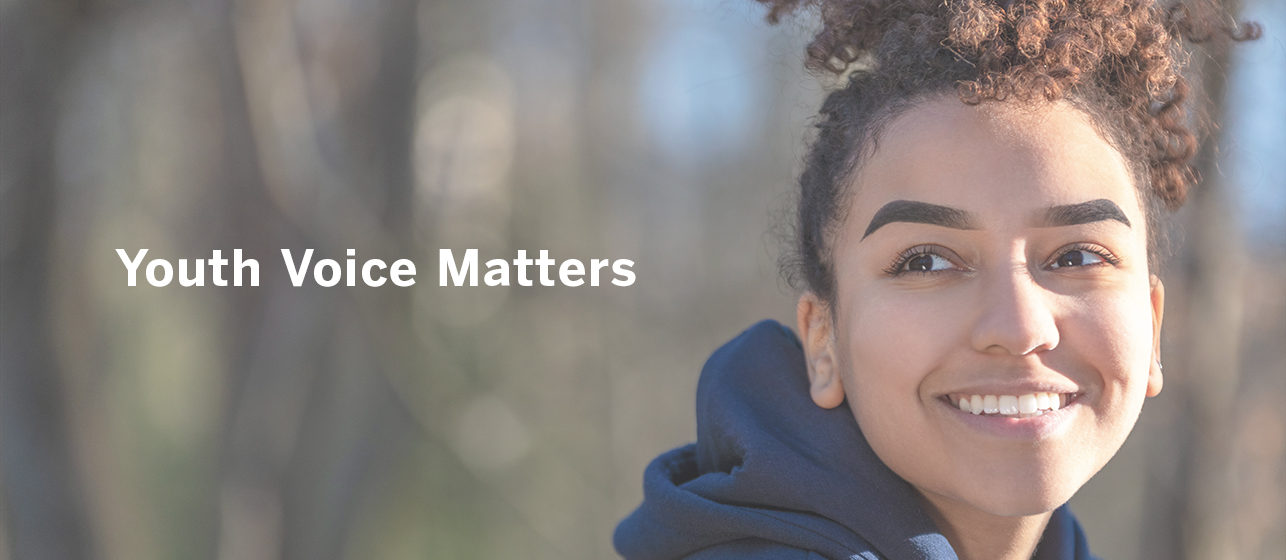In our first blog from our October TYPS update, we shared several stories from our interviews with youth ages 15-20 who had aged out of foster care. If you are interested, you can read that blog here and learn how COVID 19 is impacting their lives. In this article, we dive into how the COVID epidemic is affecting the lives of the youth still in care.
Out of a total of 54 interview participants, 28 youth were still in foster care by August 2020, with the majority (25 youth) living with foster families and family members, the others in group homes.
While our interviews highlighted the increased vulnerability of youth who had aged out of care during the COVID-19 crisis, we also heard encouraging reports from youth who lived in relatively stable foster care placements. They and their caregivers coped with the COVID-19 lockdown by finding projects in and around the house, and while there was increased stress they also reported getting the the chance to become closer with their caregivers from increased time spent together.
Some youth and their families found creative ways of staying busy during the lockdown. Emily* (17 years old) reported a positive relationship with her foster family of four years. “It’s made my family hang out more, which has caused more arguments but also more bonding time. And we’ve gotten to know each other better as a family and we’ve done things together. We don’t really go places, but we painted every room. All of my siblings and cousins helped my sister and I paint our room because we share a room and that’s not something we would do if we were in school or just during summer. But because there’s absolutely nothing to do – like we can’t go anywhere – we started to do things around the house.”
Jennifer* (16 years) kept busy with working out in order to be ready for the varsity soccer season once school opens up. ”I do my schoolwork through the computer. My mom, my foster mom, she bought us a swimming pool and stuff. So, we’re keeping busy with board games, and learning how to cook, and everything like that.”
Although youth like Emily and Jennifer have reported overall positive experiences, there are other youth who have reported substantially higher stress levels due to the side effects of quarantine, especially related to the lack of in-person school, work, and other social activities outside of the house. Angela* (16 years old) said, ”I don’t know, really, how it changed my household. Just a lot more stressful, I guess, because everyone’s home, and everyone’s making a mess. I have to clean, do more chores, and all that fun stuff.”
For Nadia* (17 years old), quarantine upended routines and increased family conflict resulting in a placement change. “You’re used to routine already, you’re used to going to school and then coming home in a certain amount of time. So, I guess being away from school and having to be so close with my family, we started arguing a lot and frustrations started a lot. I guess emotions also came up and didn’t end very well. I was doing kinship where I was living. Emotional abuse started and I got scared physical abuse was gonna start. So, I decided to call my caseworker and he immediately got me out of there.” Adjusting to a new placement was challenging as well, but she enjoyed the safety and quiet that it provided. “Well, because as soon as I started living here, the whole city kind of went on lockdown. So, I haven’t really been out of the house very much. I’ve been out for drives with my foster mom and everything, but we haven’t really done a lot of things that involve just like leaving the house. So, I really just kind of stay in my room all day. I don’t know. I guess I like the quietness.”
Not surprisingly, social distancing was hard for all youth. Marcus* (16) and Justin* (17 years old) both spoke about the sense of isolation when contacts with friends and family visits were limited. Justin summarized it succinctly: “I haven’t been able to go on visits with my mom or my dad, and I haven’t been able to see my grandparents, they usually come with my mom on the visits. I can’t physically go to school, which is what I’m used to doing. And so, doing distant learning, it’s different, but it’s more difficult when you can’t get a response from teachers when you need questions [answered]. And just not being able to really go outside for very long. Just more restrictions, when we go out, we can’t talk to our friends in the neighborhood – well, they don’t really want us to because they know that we’re not likely to practice social distancing when we’re not being watched, so that’s understandable.”
For some youth, quarantine has deepened an already existing sense of isolation from peers. Jennifer, Kayla, and Nadia all reflected on not having a lot of friends or going out under normal circumstances. Kayla* (18 years old) shared, “I’m not gonna say I have a lot of friends. But the friends I do have I don’t really talk to anymore.” Nadia* (17 years old) admitted, “I wasn’t really social before but I guess, yeah, because now we stay home all the time. Right now because of COVID, I can’t even leave the house. So, especially now, I’m not going to school, and I don’t have a job. There really isn’t a way for me to even have friends because I’m not in any settings where I would make friends.”
The COVID-19 crisis and associated quarantine highlight the important role of relationships with caregivers. Youth in stable placements who enjoyed positive relationships with their caregivers coped with the quarantine in creative ways and even strengthened bonds. However, youth who described conflicted relationships with caregivers experienced higher stress levels and in some cases placement disruption in the midst of Coronavirus. The disruption of peer relationships at school, work, and in the community was a particular strain on youth in foster care, many of whom already struggle with maintaining close relationships due to placement changes and underlying trauma.
*All names used in this blog are pseudonyms and are meant to protect the privacy of Texas Youth Permanency Study participants.

